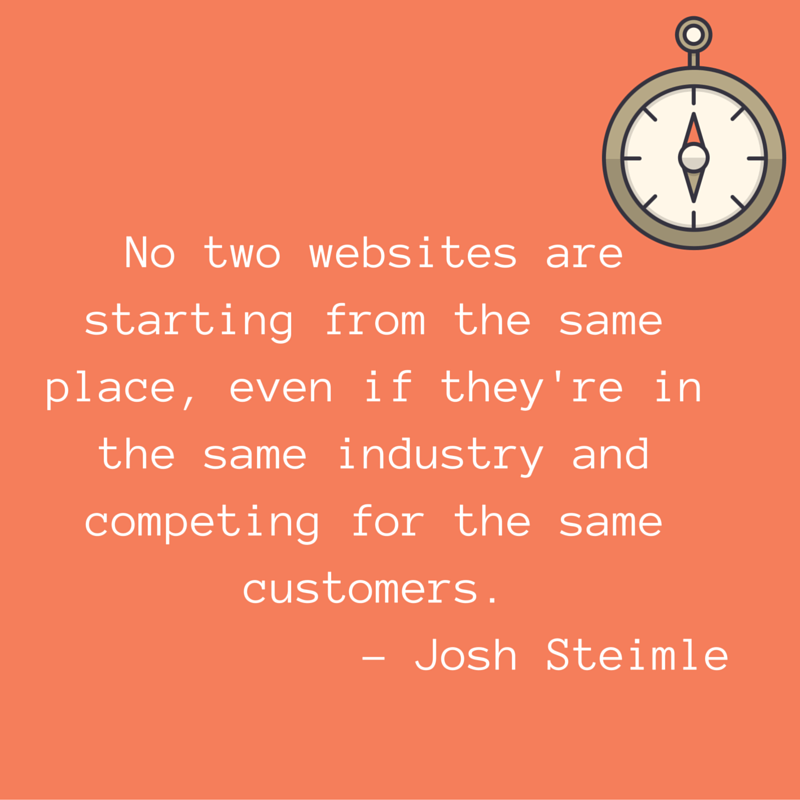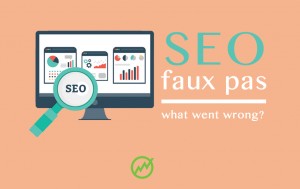“Good SEO is paying atention to all the details that most bloggers ignore. From using the Yoast plugin, to writing for people, to creating thorough resources linking out to trusted sites and linking into evergreen, relevant content, do what others refuse to do to rank for semi-competitive and even competitive keywords. Spend an extra 1-3 hours to publish and SEO – optimized post. The returns from a targeted traffic, community and brand-building perspective are astounding.” – Ryan Biddulph

Every business, regardless of the size, aims to establish their brand name through the Google search engine. That means, penetrating the online industry is a step closer to successful marketing. However, if you’re aiming to get a high-quality traffic on your website, then understanding the importance of a good Search Engine Optimization (SEO) must be considered. Even a competitive business such as the SEO company are continuously striving to excel in the online world.
Following a good SEO can create a significant impact on how search engines rank websites. When done well, it can improve your site’s visibility in the search engine result pages. However, SEO nowadays can be a little bit tricky especially when it evolves every time. But to get you started, below are some list of questions on how to do SEO from the outset.
1. Will paying more and choosing a bigger agency to get me more ROI on SEO?
Yes. In fact, when you increased your investment then it generally comes with an increase in hours spent on your campaign. Whether you are up for producing content, doing an outreach program, or even building and leveraging assets, the hours you spent for these activities vary. In business, marketers should be upfront with their clients, telling you cannot work with them when their level of investment is not enough to compete in their market.
2. How do I decide whether SEO or PPC is better for me?
Doing both Search Engine Optimization (SEO) and Pay-Per-Click (PPC) can be an advantage to your business. However, not all businesses can do both considering the budget. That is why marketers should understand each strategy. When it comes to generating the best Return On Investment (ROI) in the long term, then do the SEO. It is also going to deliver the lowest cost per acquisition. On the other hand, PPC is going to generate immediate results (most of the time). According to Andrew Raso, a Co-Founder of Online Marketing Gurus, he would recommend choosing SEO over PPC if you have investment for a minimum of 12 months.
3. If they rank for “SEO company my city,” does that mean they’re good at what they do?
Not necessary. Achieving a rank may not be difficult since the city-related terms are not that competitive. But just because they rank for a non-competitive term, that does not mean they can compete in the ranking with very competitive industries. Also, some businesses tend to manipulate the Google’s search engine for their website to rank. However, once the Google update is released, their site will not have longer rank.
4. Google discourages ranking guarantees. What should I expect instead from my SEO vendor?
The moment you start an SEO campaign, you need to have an outline of what exactly you will be doing for the investment every month, and ensure that you will deliver these promises to your target clients. Sometimes, there are SEO vendors who don’t show the work they are completing. Perhaps, it is either substandard or because they are trying to hide something from their clients. Markters should show their customers everything that you do – from the links and to the content that you produce. It is also a plus factor when you explain to them the process.
5. What would be a good length of time before I start expecting results from my SEO campaign?
It depends on the industry and client. Whether the client previously had SEO work done on their website or the client is doing other marketing works, or even whether their website has to be been penalized, these factors can significantly affect the results that you had expected. In SEO, the usual time allowed when generating transaction is within 4-6 months of starting a campaign. But then again, that depends on how fast and efficient you are when it comes to SEO strategies.
6. I don’t know how to choose from one of their packages. What should I do?
When you want to be successful with SEO, then marketers should build every strategy from the ground up and should be tailored to a particular campaign. Moreover, marketers should also have a scope of work that should be complete for that particular investment level for each month. When transacting business with your clients, explain to them how much you need to spend each month. It is for them to be aware of the business they are into.
7. Should I help them with keyword research?
That depends on how complex your industry is. For some companies, before they process with the campaign, they usually spend an ample amount of time understanding the scope of the client’s business. They make sure that they can talk with the client to obtain their approval. However, it is not necessary that clients do keyword research for the company. Keep in mind that SEO companies have plenty of tools available for them to use with the campaign.
8. My site has millions of pages. How many should I get them to optimize?
Most SEO experts would recommend targeting the most relevant pages with terms that your clients want to rank since this will help boost your site quickly. Also, when you have a team that is capable enough, then you can write a script that can pull a list of best practices for title tags, meta descriptions, etc. for your client’s website. However, if you are going to create compelling content, then you must do it manually, and it cannot be scripted. This is to ensure that your target audience will get interested on your website.
Final thoughts:
When it comes to business, there are times that the strategies used by the other companies are not applicable to yours. That means you should create your strategy that would fit your website’s needs. With that, you can ensure a growth on your website.











